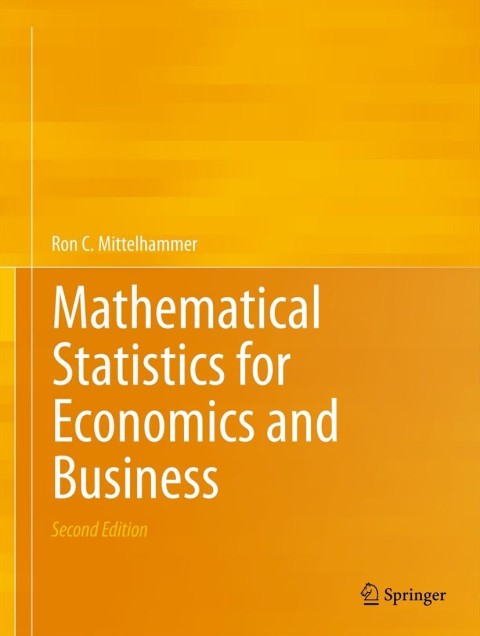Recall the analysis of the demand for textiles in the Netherlands performed by renown econometrician Henri Theil,
Question:
Recall the analysis of the demand for textiles in the Netherlands performed by renown econometrician Henri Theil, as discussed in Problem 8.9. With reference to the least squares-based estimate of the constant elasticity demand function generated from the data in the problem, respond to the following, using size .10 tests when testing is called for:
(a) Test the hypothesis that the matrix of explanatory variables is significant in explaining changes in the logarithm of textile demand.
(b) Test whether income is significant in explaining textile consumption. Plot the power function of the test, and interpret its meaning.
(c) Test whether price is significant in explaining textile consumption.
(d) Test whether the price elasticity is inelastic. Test whether the income elasticity is inelastic.
(e) Is the demand equation homogeneous degree zero in price and income? Plot the power function of the test, and interpret its meaning.
(f) Calculate a confidence interval that has .95 a confidence coefficient for the income elasticity. Interpret the meaning of this confidence interval.
(g) Calculate a confidence interval that has .95 a confidence coefficient for the price elasticity. Interpret the meaning of this confidence interval.
(h) Calculate a confidence region having confidence coefficient .90 for the income and price elasticities. With the aid of a computer, graph the confidence region. Superimpose the intervals you calculated in \((\mathrm{f})\) and \((\mathrm{g})\) on this graph. The regions are different-interpret the difference.
(i) Test the least squares residuals for normality, preferably using the Shapiro-Wilks test (you'll need tables for this), or else use the chisquare goodness of fit test.
Step by Step Answer:

Mathematical Statistics For Economics And Business
ISBN: 9781461450221
2nd Edition
Authors: Ron C.Mittelhammer




